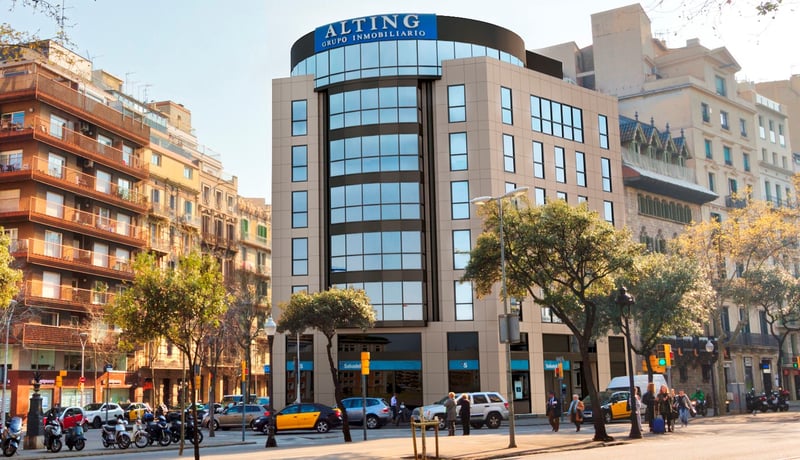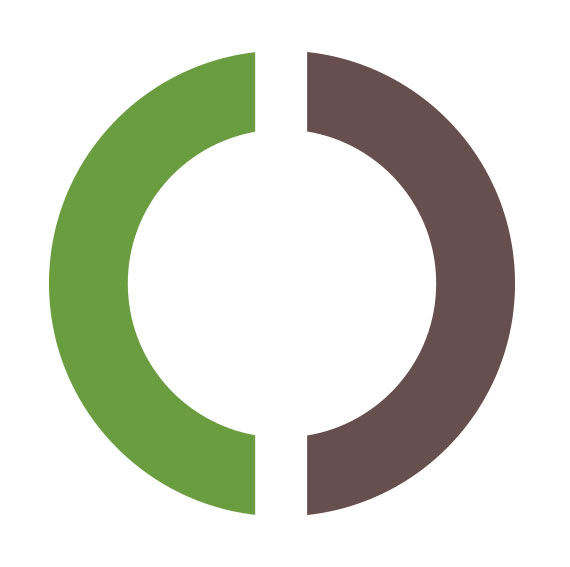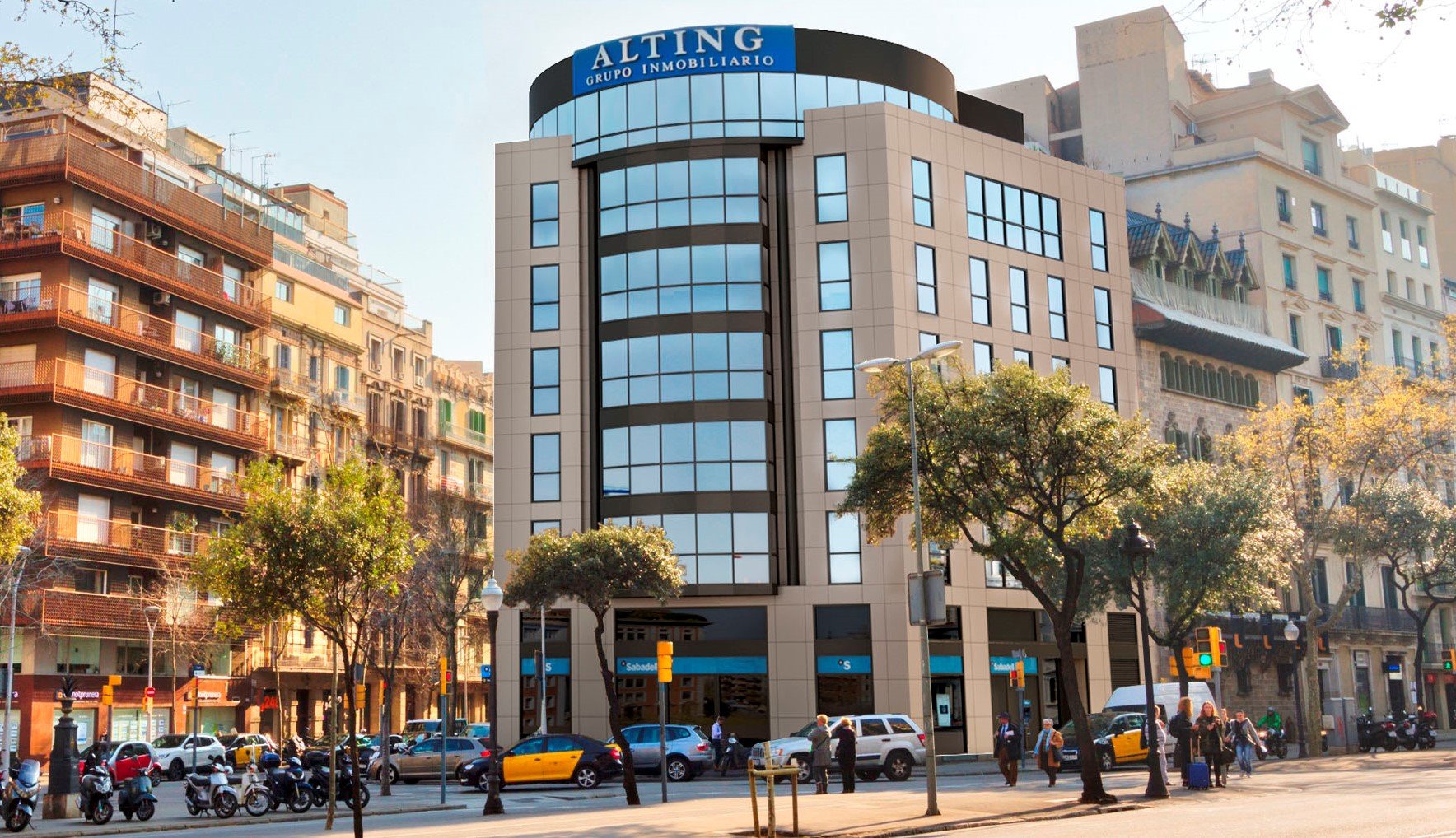ALTING Developments has started the last phase of the modernisation and retrofitting work on the D371 building, with the aim of converting it into a sustainable building with the prestigious LEED gold v4 certification. The works, which include the facade and the interior, are expected to be completed by the end of 2018.
The property, located at 371 Avinguda Diagonal in Barcelona, is one of the buildings that make up the ALTING Group's exclusive portfolio of assets. It is a highly representative property with unique facade located at the intersection of Diagonal Avenue with Rosselló and Pau Claris streets, and just a few meters from Paseo de Grácia.

The new D371, a LEED GOLD building
ALTING is committed to a better future and to sustainable development. For this reason, the Diagonal 371 retrofitting project has been planned from the beginning with the aim of transforming it into a sustainable building, achieving LEED GOLD certification.
- Register the building on the website of the US Green Building Council (USGBC).
- Establish the target agreement or strategy to follow that will allow defining the executive project.
- LEED consists of a number of criteria with associated points. Some of these criteria correspond to measures to be taken during the project or design phase and others to measures to be taken during the finished building phase.
- Once the executive project has been drafted, the credits corresponding to the design phase are documented.
- When these credits are documented, they are sent for review by LEED. As soon as the answer is obtained, those points already obtained are unchangeable.
- In parallel with the certification process of the design phase, the construction works are carried out, and once completed, the credits corresponding to the construction phase are documented. The process is the same as with the design phase.
- Once the points from the design phase and the construction phase are obtained, they are added together to get the final score.
D371, criteria for obtaining LEED Gold
- Location and transport: the good location of the building close to many public transportation stops gives us a high score.
- Sustainable plot: among other measures, a plan to reduce light pollution and a vegetated roof area accessible to tenants is proposed.
- Water saving: use of efficient faucet and sanitary systems.
- Energy and atmosphere: the facilities have been defined seeking the optimization of energy consumption.
- Materials: selection of materials with environmental documentation such as the Environmental Product Declaration (EPD) and also with low emissions of Volatile Organic Compounds (VOCs).
- Indoor climate quality: air quality management during construction, thermal comfort, use of finishes without VOCs, etc.


